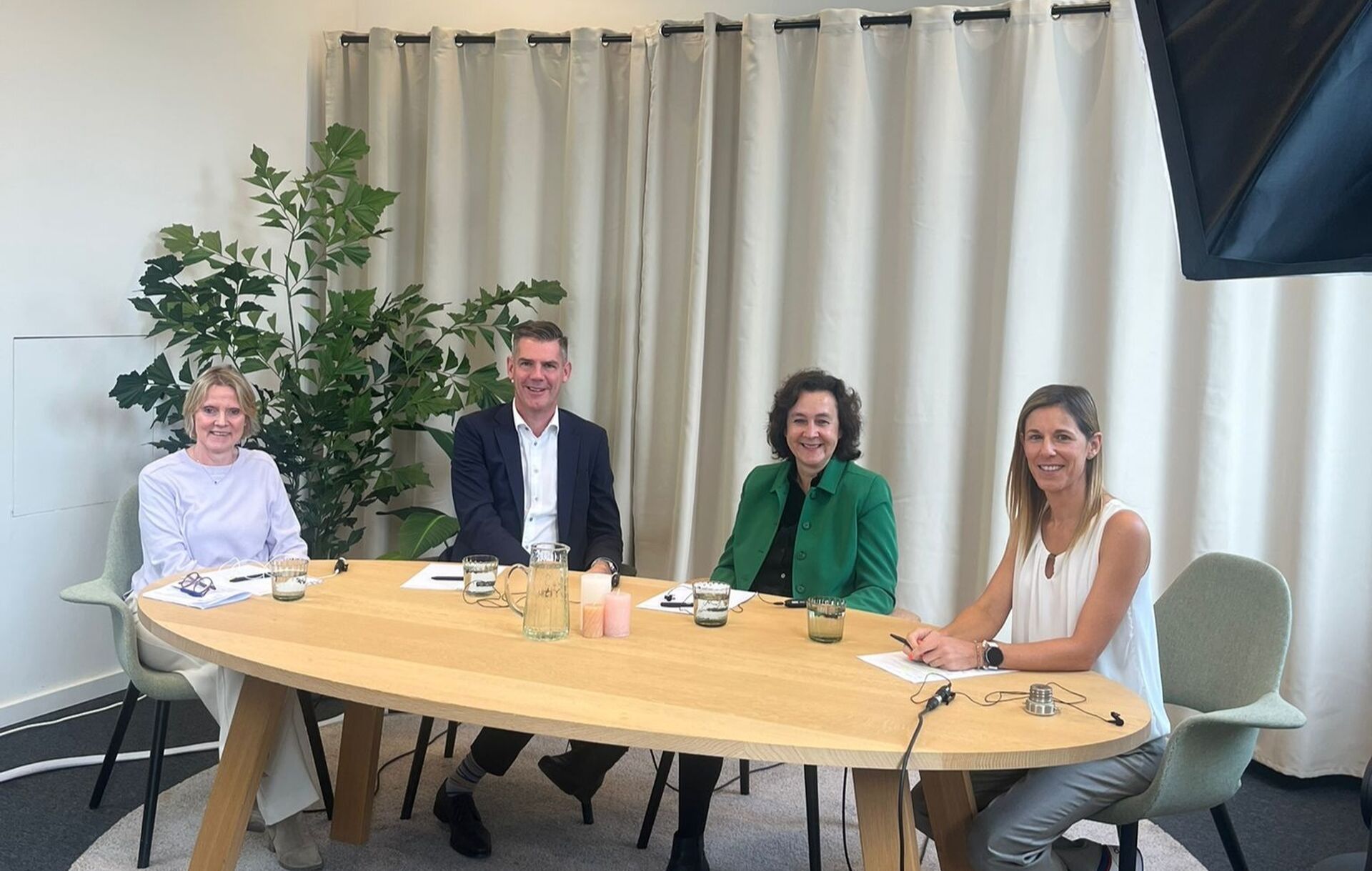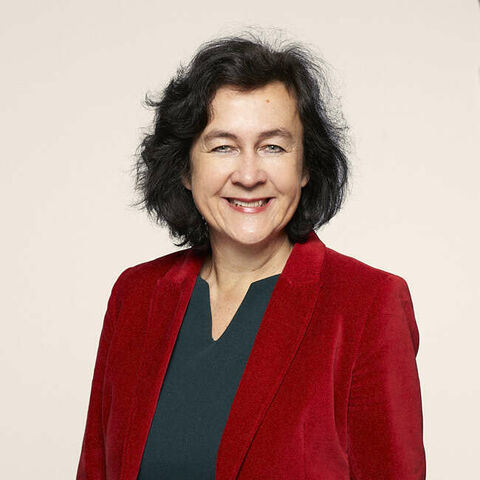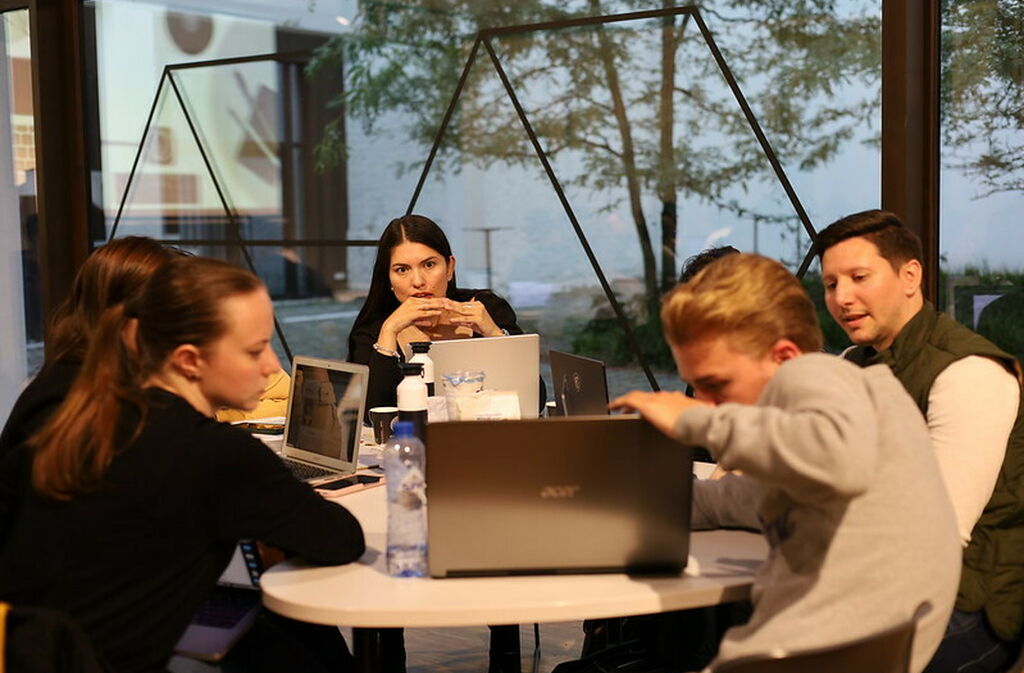The labor market is aging, and the government wants all of us to work longer. But at the same time, the cliché image of the 55-plus worker stubbornly persists: less flexible, less ambitious, and already counting down to retirement. A taboo still surrounds this topic. Managers often find it difficult to start the conversation, and employees feel uncomfortable discussing it. Many also don’t know what options are available to them.
During the AMS Impact Webinar “Working longer — but how? Building age-inclusive careers,” Professor Peggy De Prins (Antwerp Management School), Bjorn Cuyt (Director, Province of Antwerp – VDAB), and Sabine Schellens (HR Director – Aquafin) demonstrated that this stereotype is simply not true. Their message: age is not a limitation, but an opportunity.
1. The older worker doesn’t exist
When we talk about “the 55-plus worker,” we often overlook how diverse this group really is. Some are hungry for new challenges, eager to mentor others, or ready for a career change. Others are seeking more balance, calm, or new ways to apply their expertise.
These differences are even greater than among younger age groups. That’s why a one-size-fits-all approach doesn’t work. “The experienced employee requires a tailored approach,” says Professor Peggy De Prins. “We need to let go of the idea that everyone at this stage is ‘winding down.’ Some are actually gearing up.”
2. The clichés aren’t true
Research and real-world experience paint a very different picture.
Many 55-plus workers are loyal, motivated, and eager to learn. They want meaningful work, a sense of belonging, and opportunities to share their knowledge.
“We conducted research together with Antwerp Management School to understand how our 55-plus employees feel about their jobs. And what did we find? Most simply want to keep doing meaningful work. They want to make a difference and put their experience to good use. That image of the employee just counting down to retirement—we don’t recognize it.”
3. Employers are missing opportunities
By clinging to stereotypes, organizations miss out on valuable opportunities. Those that actively engage older employees gain stability, expertise, and commitment.
Mixed-age teams also tend to be more productive and innovative.
The importance of perspective cannot be overstated.
“Many employers mistakenly believe that workers over 55 will only stay for a few more years. In reality, it often means more than 10 years of valuable experience. If you overlook that potential, you lose out as an organization.”
4. Lifelong learning doesn’t stop at 50
One of the biggest misconceptions is that older employees no longer want to learn. The reality is that they sometimes receive fewer opportunities. Staying too long in the same role can limit informal learning chances—and that affects motivation.
Dialogue is key: it shouldn’t be imposed from the top, but should involve a conversation about what someone needs to continue developing. This can be done through small steps—coaching, intergenerational learning, or simply openly discussing challenges.
“Learning doesn’t always have to mean an expensive course. It starts with the courage to say, ‘I’m not quite getting this anymore, can you help me?’ and doing so without judgment.”
5. Break the taboos
Conversations about retirement, caregiving, or menopause are still often considered off-limits. That makes it hard to implement truly inclusive policies. Companies that do break taboos notice employees feel recognized, and that pays off.
At Aquafin, for example, menopause isn’t yet an explicit topic, but it does come up occasionally:
“We’ve seen that people do want to talk about it, just not in a group,” says Schellens. “That’s why it’s our job to create space, just as we do for caregivers or young parents.”
6. Leadership is key
Age-inclusive policies don’t require massive reforms, but they do require conscious leaders. Managers who dare to ask: How are you doing? What do you want to achieve? What challenges are you facing?, not in a patronizing way, but from a place of trust.
“It starts with language,” says De Prins. “We need to be careful with statements like ‘you still handle this task well’ or ‘will you still manage such a project?’ Using the word ‘still’ unconsciously penalizes someone for their age.”
“The average 55-plus worker still has over 10 years of valuable experience to offer. It’s time to leverage that asset.”
Those who make space for diverse careers gain both humanity and results.









